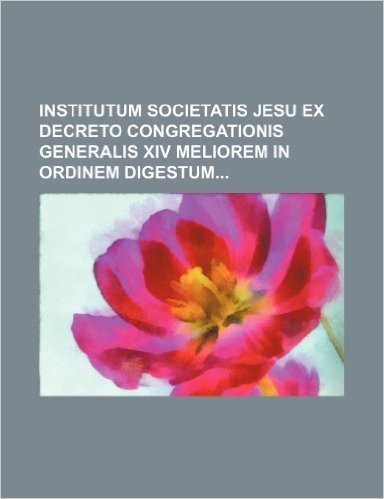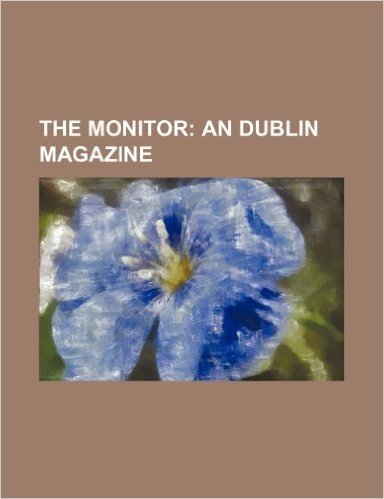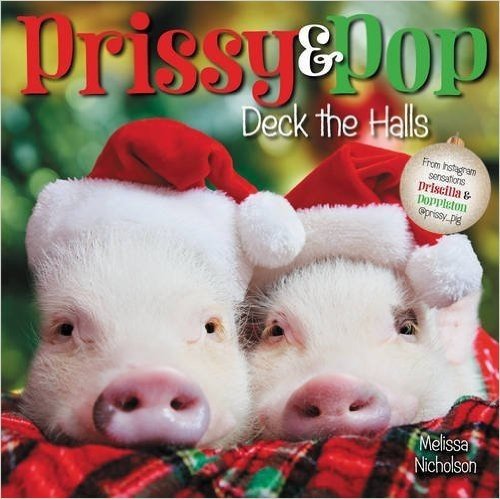Bulletin [Of Cornell University Agricultural Experiment Station] New York (State). Agricultural Experiment Station, Ithaca Volume 194-224 baixar o livro de graça
Formatos de livro
- Bulletin [Of Cornell University Agricultural Experiment Station] New York (State). Agricultural Experiment Station, Ithaca Volume 194-224 baixar pdf
- Bulletin [Of Cornell University Agricultural Experiment Station] New York (State). Agricultural Experiment Station, Ithaca Volume 194-224 baixar mp3
- Bulletin [Of Cornell University Agricultural Experiment Station] New York (State). Agricultural Experiment Station, Ithaca Volume 194-224 baixar áudio-livro
- Bulletin [Of Cornell University Agricultural Experiment Station] New York (State). Agricultural Experiment Station, Ithaca Volume 194-224 baixar kindle
This historic book may have numerous typos and missing text. Purchasers can download a free scanned copy of the original book (without typos) from the publisher. Not indexed. Not illustrated. 1901 Excerpt: ...hatching, the baby grubs drop to the ground and seek some crack or other easy road through the soil to the grape roots. Doubtless many of them perish before finding a grape root. Some of the grubs got to work by July 15th last summer and these got their growth by Sept. 1st, but as egg-laying continues into September, gTubs of all sizes may be found on the roots after the middle of July. Early in September, Mr. Fred Johnson found eighty-nine full-grown grubs (see figure 43) within a radius of a foot from the main root of a dying vine in a Chautauqua vineyard; some of them were nearly a foot below the surface and they had left but few rootlets on the larger roots. Most of the root-eating by the grubs is done from July to October, the badly infested vines becoming yellow-leaved and sickly in September. No leeding is done in winter, and the grubs hibernate in the soil several inches below the surface. In the spring, onlj' the few late-hatched grubs that did not get full-grown in the fall continue eating the roots. During the latter part of May, the full-grown grubs seem to come nearer the surface; several observant grape-growers noticed this. Notes on the pupa.--During the first week in June, vineyardists reported that some of the grubs had transformed to the tender white creatures shown in figure 44. These were the pupae, or the " turtle" stage, of the insect, as some grape-growers not inaptly called it. By the 20th of June, most of the grubs had changed to these pupae. As shown in figure 44, the pupa lies in a round, smooth, earthen cell made by the grub rolling and twisting its body and packing back the earth. In the lighter gravelly soils, it is difficult to dig out a pupa without totally demolishing its cell; the half cell shown in the picture wa...
- Books Group Autor:
- 1130419304 Isbn 10:
- 978-1130419306 Isbn 13:
- Capa comum Páginas de capa mole:
- Rarebooksclub.com Publisher:
- 363 g Peso:
- 363 g Peso:
- 18,9 x 1,1 x 24,6 cm Dimensões e tamanhos:
- Inglês Idioma:
- 196 páginas Livro de capa mole Bulletin [Of Cornell University Agricultural Experiment Station] New York (State). Agricultural Experiment Station, Ithaca Volume 194-224:
![Bulletin [Of Cornell University Agricultural Experiment Station] New York (State). Agricultural Experiment Station, Ithaca Volume 194-224 baixar](http://files-castle.com.website.yandexcloud.net/books/5f29ecf9ee95a4aa79a21985e4bce385.jpg)
![Bulletin [Of Cornell University Agricultural Experiment Station] New York (State). Agricultural Experiment Station, Ithaca Volume 225-249](http://files-castle.com.website.yandexcloud.net/books/1d57d2bc8b4b58ac513894e767518843.jpg)
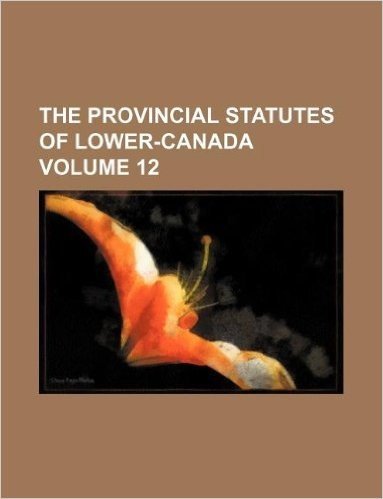



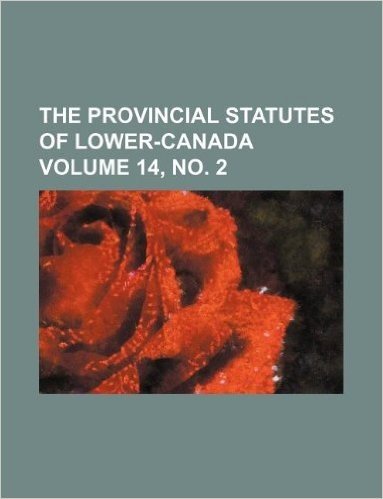


![Bulletin [Of Cornell University Agricultural Experiment Station] New York (State). Agricultural Experiment Station, Ithaca Volume 62-83](http://files-castle.com.website.yandexcloud.net/books/afe405216af685e2fc6d70f0db063c4a.jpg)
